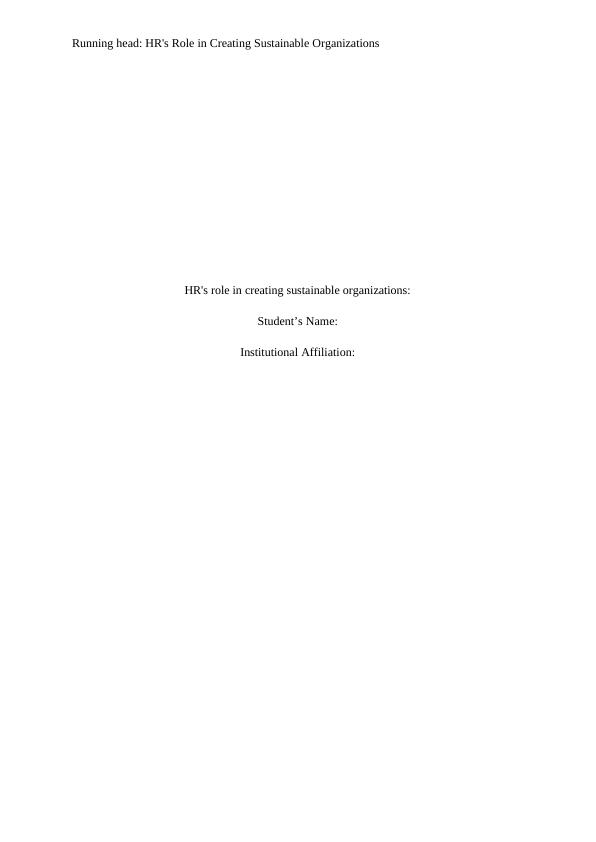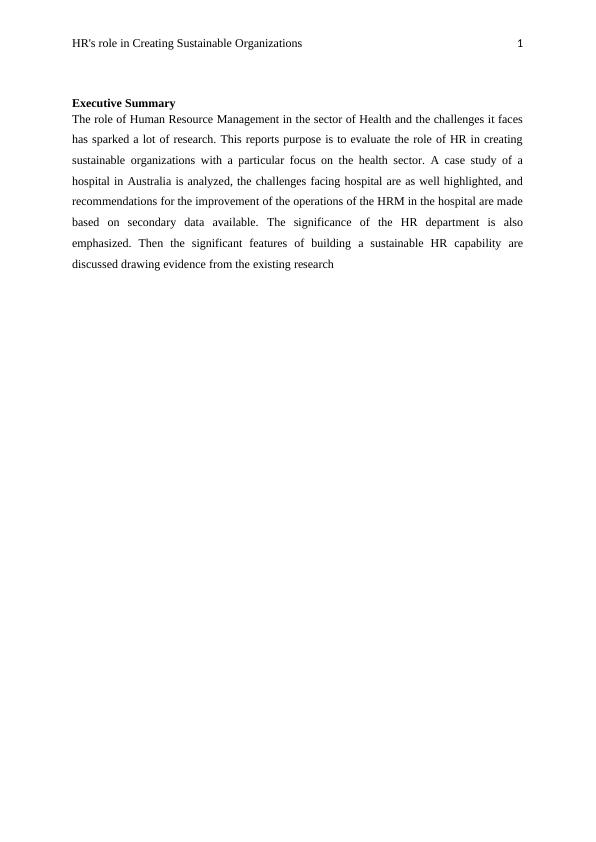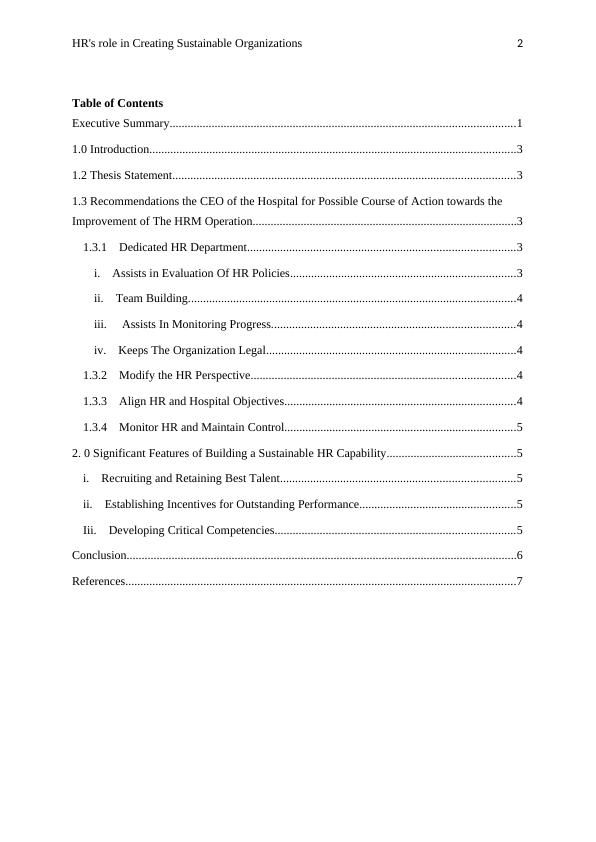HRM898 - Role Of HR In Creating Sustainable Organizations | Report
Added on 2020-02-24
9 Pages2151 Words97 Views
End of preview
Want to access all the pages? Upload your documents or become a member.
The Role of Human Resource Management in Creating Sustainable Organisations
|9
|1864
|69
HRM514 - Managing Human Resources - Report
|8
|1810
|54
HRMT 20024- Managing Human Resources | Report
|8
|1538
|40
HRMT20024 - Managing Human Resources | Assignment
|12
|1924
|69
HRMT 301 - Human Resource Management In Hospitals
|9
|1803
|103
BUSM3310 - HR Management- Case Study
|9
|1797
|78



